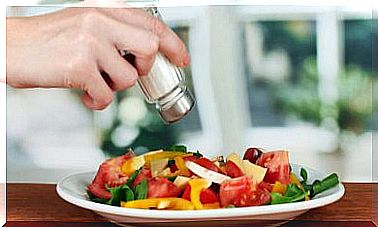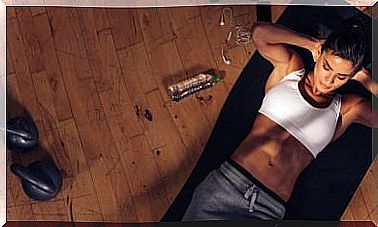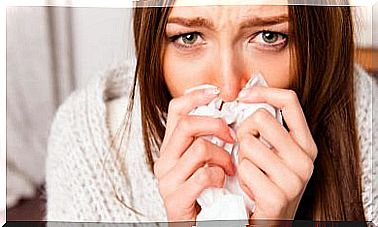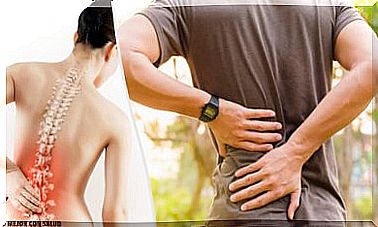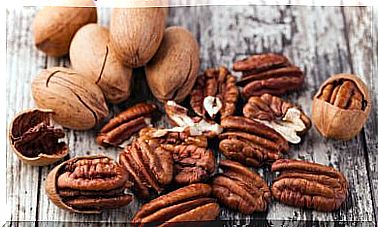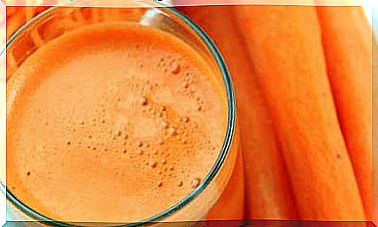Breast Cysts: What Do They Mean?
Breast cysts are fluid-filled sacs within the breast, which are normally not cancerous (benign). Therefore, although they are very common, cysts in the breasts can cause some fear. However, the truth is that these do not always have to be evil.
The American Cancer Society explains that: “many of the lumps (masses, nodules, lumps) of the breast can be caused by fibrosis or cysts, which are non-cancerous (benign) changes in the breast tissue. ” These changes are grouped into what is known as “fibrocystic changes.”
Although there is no common direct relationship between breast cysts and the development of breast cancer, the likelihood is higher in women who have not had children, those with irregular menstrual cycles, or those with a family history of breast cancer.
Therefore, it is recommended that women are always attentive to possible changes in their breasts and go to their respective check-up periodically.
What is a breast cyst?

A breast cyst is a fluid collection inside the breast. That is, as a clearly defined sachet of a normally small size. Like a chickpea or maybe less. Usually with liquid inside, although there are also cysts that have a solid content.
There is no specific rule about the moment of its appearance. They can appear in very young women, even girls, mainly from development, around 10-2 years on average.
If it is liquid or semi-solid, without another sign that indicates some negative trait, such as blood, it is in most cases a simple cyst. These do not turn into malignant cancer, nor are they dangerous.
In this case, you can aspirate its content and try to avoid, from now on, the factors that aggravate or could trigger them.
Fibroadenomas
There is another type of breast cysts: fibroadenomas . They usually have no symptoms, are painless, and are discovered on palpation. They are like a hard, mobile lump and to the touch they can be shown to us as smooth or with a certain roughness. They move freely between the fingers (like a little chickpea that moves); they are equally benign.
These are due to an excessive proliferation of breast tissue, and although they can be confused with those that we have named above, they are different. Fibroadenomas are more common before menopause.
Although they can appear at any age, they usually appear at puberty and in young adult women. For this reason its appearance has been related to the hormonal changes existing in these ages.
Treatment of cysts involves, in principle, monitoring by the patient of her breasts. Surgery is not usually necessary, but in case of wanting to eradicate them, the simple ones are removed with a puncture to aspirate the content, and the complex ones, with biopsy and surgery to remove them.
Causes of breast cysts
The causes of cysts in the breasts have not been determined, however several risk factors have been taken into account, such as: genetics and hormonal changes.
Misconceptions about breast cysts
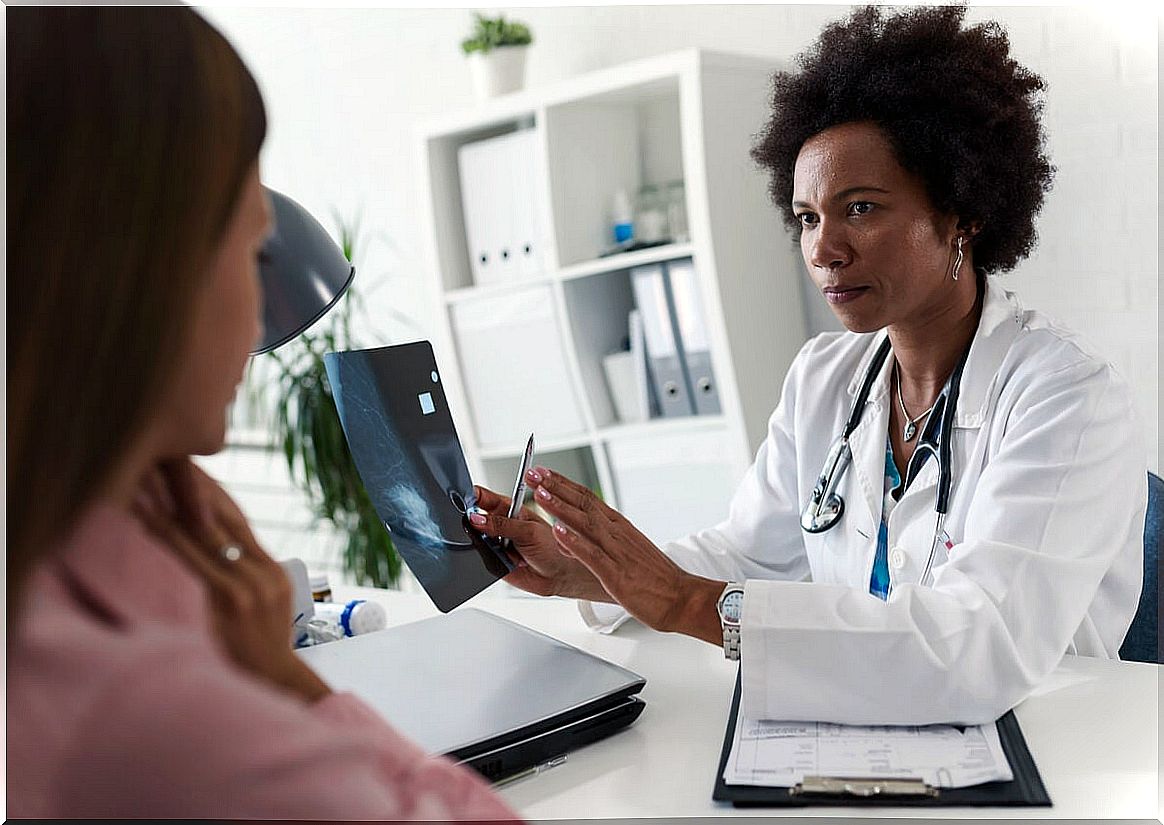
There are a number of beliefs that are popularly commented on why breast cysts develop that are not true. For the most part, they are based on random assumptions, without any scientific basis, inspired by a lack of knowledge on the subject and a fear of the techniques used to treat cancer.
For example, it is said that mammograms “damage” the breasts, that accidental or frequent blows cause cancer, that the puncture (injection of an aspiration needle to analyze the content) causes the cyst to spread or that the biopsy does the same with cancer.
Can breast cysts be prevented?
A healthy lifestyle can help you enjoy well-being. However, there is no specific measure to prevent cysts in the breasts. Therefore, it is best to maintain good lifestyle habits, go to the doctor for periodic check-ups, be attentive to possible changes in the breasts and always resolve concerns with the professional.
- It is recommended to perform breast self-examination at least once a month, during the days after menstruation.
- Most women have lumps or lumpy areas on their breasts all the time, so don’t panic if you notice any. This is a tip from the experts at the Breast Cancer Organization.
